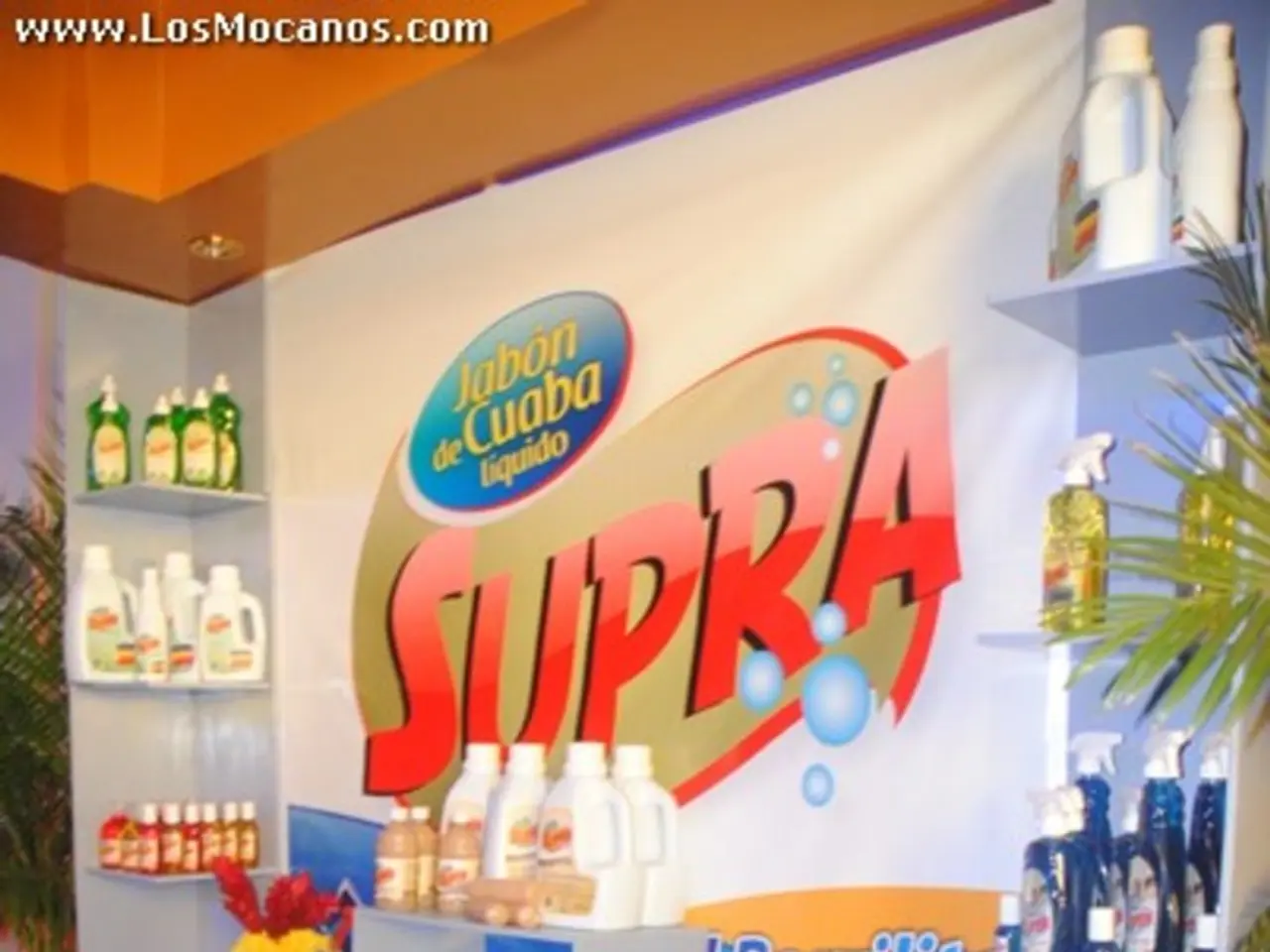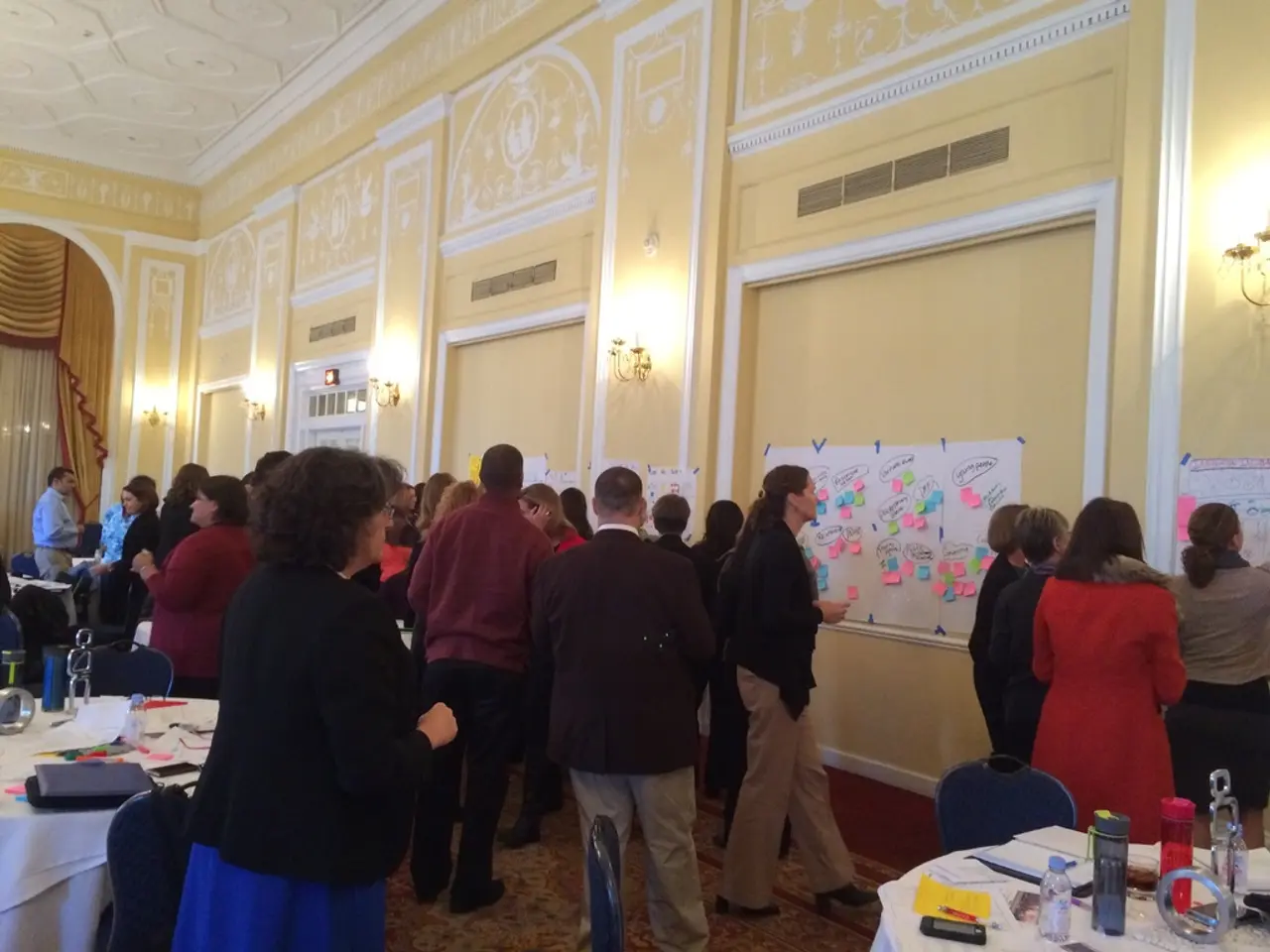Shifting US Tariffs Bring Opportunities for Bangladesh's RMG Sector: Possible Steps to Take Now
In the face of a 20% U.S. tariff on Bangladeshi apparel, the country's textile industry is gearing up for a strategic shift. This tariff, while lower than the initially feared 35%, still adds to the cost structure. To turn this challenge into long-term competitiveness, Bangladeshi apparel factories are focusing on innovation, sustainability, and moving up the value chain into high-value fashion products.
One critical response to the tariff is investing in sustainable production methods and eco-friendly materials. This approach not only appeals to increasingly conscious buyers, attuned to environmental and social governance (ESG) factors, but can also become a market differentiator supporting premium pricing and customer loyalty.
Pivoting toward higher-value fashion products and diversified offerings is another essential strategy. While basic apparels form the bulk of Bangladesh’s exports, moving beyond staples like formal shirts and sweaters to niche segments with better margins and less direct tariff pressure is vital. This includes leveraging design, branding, and rapid trend responsiveness.
Bangladesh's large production scale, with over 4,500 factories and a $50 billion export capacity, remains an advantage. Factories should optimize production efficiency, upgrade technology, and streamline supply chains to absorb tariff-related cost impacts and maintain competitive unit costs.
Attracting foreign direct investment, including from Chinese conglomerates seeking tariff-friendly bases, can infuse capital, technology, and know-how. Factories should stay flexible in strategy, adapting to changing buyer demands, tariff regimes, and global fashion trends to remain resilient and capture shifting order flows.
The revised tariff parity with competitors ensures Bangladesh remains a preferred sourcing destination for U.S. buyers. Apparel factories should leverage this by strengthening buyer relationships and participating actively in trade negotiations to protect and enhance their tariff environment.
To address delays in fabric sourcing, fabric mill owners in Bangladesh should be encouraged to invest in man-made fiber (MMF) knitting and dyeing capacity. In cases where production capacity is limited, factories can partner with trusted suppliers nearby to share responsibilities and profits.
Every factory should have at least one trained compliance or CSR officer capable of independently completing tools like the Higg Index or SLCP reports. Global buyers are under pressure to source from factories demonstrating progress in sustainability, energy efficiency, chemical use, and labor standards.
The RMG sector in Bangladesh needs modernization through transparency and data-driven reporting. Bangladesh already boasts LEED-certified green factories, but the broader industry needs to follow suit. Digital tracking of key ESG metrics like water usage per kilo, electricity consumption per garment, and worker retention rates can demonstrate tangible progress.
Offering pricing models based on varied minimum order quantities can give Bangladesh an edge in the market. American buying behavior has shifted towards more seasonal collections, quicker replenishment cycles, and lower order quantities for trend-based items. As a result, factories in Bangladesh need to adjust their capacity planning to accommodate smaller, faster production runs.
Syed Tanzim Mozaher, a second-generation RMG entrepreneur based in Chattogram, emphasizes the need for evolution in the sector. Factories must transform the tariff inflection point into long-term competitiveness by making strategic choices.
Bangladesh has a chance to expand into higher-value segments by investing in capabilities like circular knitting for polyester-spandex blends, quilting, laser cutting, and seamless bonding. The Bangladesh Bank offers refinancing schemes for export-oriented industries investing in green technology or value-added production capacity.
In conclusion, the 20% U.S. tariff is a wake-up call for Bangladesh's RMG sector to compete with quality, category depth, ethical practices, and speed. By embracing innovation, sustainability, and strategic diversification, Bangladesh can maintain and grow its competitiveness in the global apparel market despite increased tariff burdens.
- To combat the 20% U.S. tariff on Bangladeshi apparel, the country's textile industry is focusing on innovation and moving up the value chain into high-value fashion products.
- Sustainable production methods and eco-friendly materials are one critical response to the tariff, as they appeal to environmentally conscious buyers and can support premium pricing.
- Pivoting toward higher-value fashion products and diversified offerings is another essential strategy, as it helps move beyond staples and into niche segments with better margins.
- Attracting foreign direct investment, including from Chinese conglomerates, can infuse capital, technology, and know-how into the industry.
- Factories should optimize production efficiency, upgrade technology, and streamline supply chains to absorb tariff-related cost impacts and maintain competitive unit costs.
- Global buyers are under pressure to source from factories demonstrating progress in sustainability, energy efficiency, chemical use, and labor standards, so every factory should have at least one trained compliance or CSR officer.
- Digital tracking of key ESG metrics like water usage per kilo, electricity consumption per garment, and worker retention rates can demonstrate tangible progress in the industry.
- Offering pricing models based on varied minimum order quantities can give Bangladesh an edge in the market, as American buying behavior has shifted towards more seasonal collections and lower order quantities for trend-based items.
- Bangladesh can expand into higher-value segments by investing in capabilities like circular knitting for polyester-spandex blends, quilting, laser cutting, and seamless bonding.
- The 20% U.S. tariff is a wake-up call for Bangladesh's RMG sector to compete with quality, category depth, ethical practices, and speed, and by embracing innovation, sustainability, and strategic diversification, Bangladesh can maintain and grow its competitiveness in the global apparel market despite increased tariff burdens.




